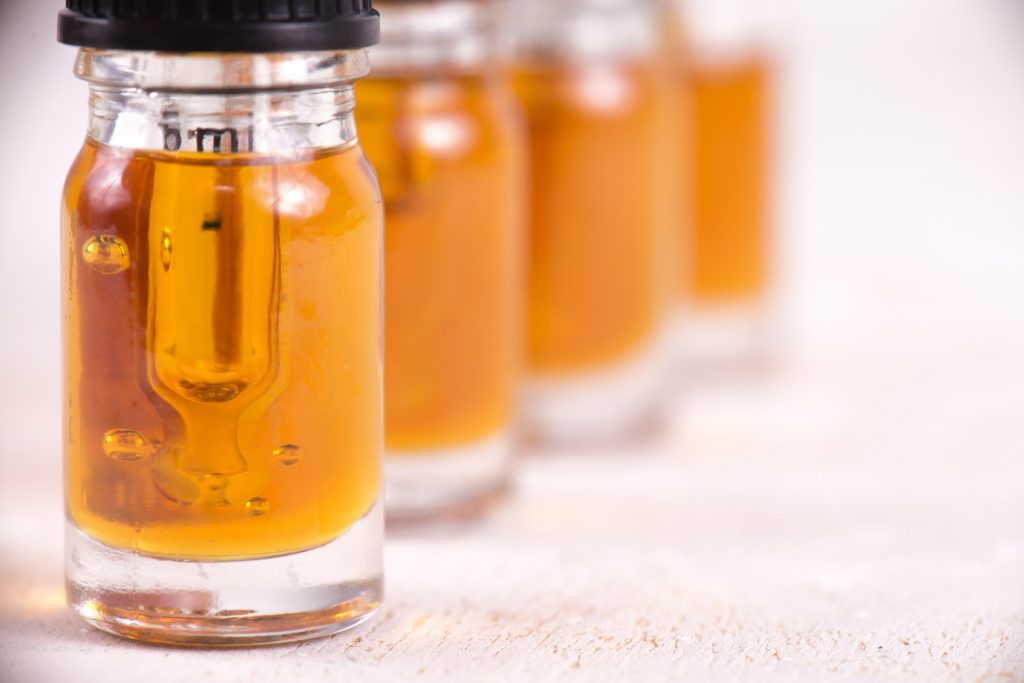cancer
TagHow Alternatives Such as CBD Oil Make an Impact on the Opioid Epidemic
As the opioid epidemic continues to wreak havoc on the United States, we take a look at the viability of cannabidiol as an alternative.
FDA Supports New Steps to Further Nicotine Replacement Therapy Research
Use of FDA-approved nicotine replacement therapy products may double the likelihood of a successful attempt to quit smoking.
Fund Cancer Detection, Not a “Cure”
Your best weapon to defeat the beast known as cancer is early detection. So, why is funding so focused on finding a “cure,” instead of screening?
‘Battle Metaphors’ Affect Cancer Patients, Medical Experts Say
From fighting to winning, these words can be ‘detrimental’ to someone’s well-being, oncologist says.
One Man’s Desperate Quest for a Brutal Surgery
The operation is so terrifying some call it MOAS: the Mother of All Surgeries.





